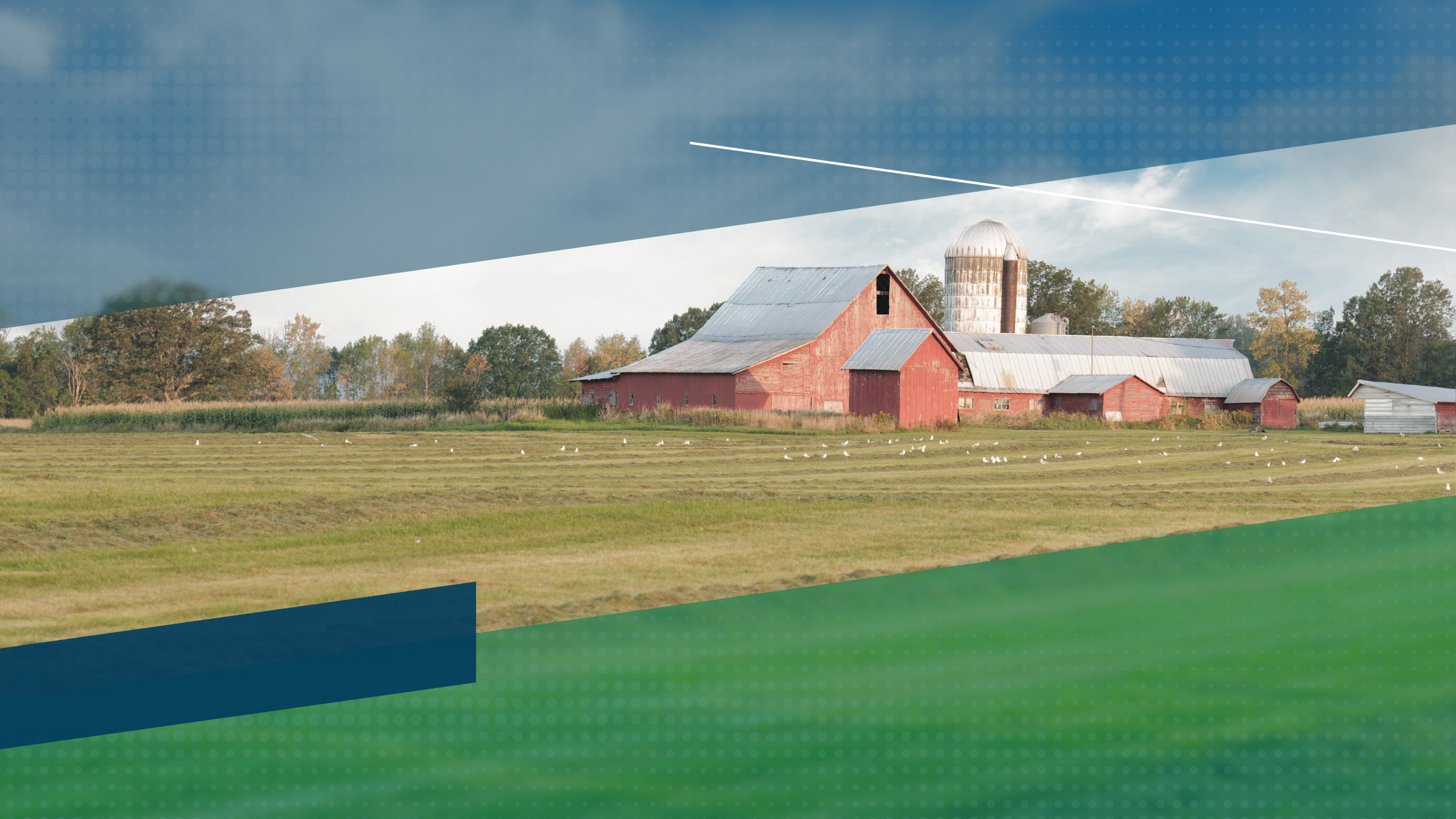After a weak first quarter, the outlook for agriculture is not much better after the second quarter. The Minneapolis Fed’s second-quarter (July) agricultural credit conditions survey showed that farm income, household spending and capital expenditures all decreased significantly in the second quarter. Loan demand increased slightly, as did collateral requirements. Few banks reported fund shortages, and interest rates stayed nearly constant from the first quarter. Farmland values and cash rents were stable to slightly lower. Although the second quarter may not have been as severe as the first, almost half of respondents expect lower net income and less capital spending in the third quarter.
Farm income, household spending and capital investment
In the second quarter, farm income decreased, with 41 percent of respondents reporting lower income. Some sectors have it tougher than others, however; one respondent noted, “Livestock sector (mainly hogs and dairy) performed badly in 2008, and this sector appears to be in worse shape in 2009.” A Wisconsin lender said, “The price of milk remain[s] well below the cost of production and is putting stress on most operations.” Wisconsin’s farm income decreased, according to 86 percent of respondents. Poor farm income put a damper on spending: 43 percent of respondents reported lower capital spending, and 29 percent reported lower household spending.
Loan repayments and renewals
The rate of loan repayments also did not improve from the first quarter. Only 8 percent of respondents reported higher rates of loan repayments, while 21 percent reported lower rates. In addition, agricultural producers increased loan renewals and extensions. Twenty-two percent of banks reported increases, and 8 percent reported decreases.
Demand for loans, required collateral and interest rates
Loan demand remained relatively constant, with 24 percent of respondents reporting an increase and an equal number reporting a decrease. Some lenders continued to tighten loan conditions, as 14 percent increased the amount of collateral required. Only 2 percent of banks reported refusing a loan because of fund shortages. Interest rates stayed almost uniformly constant; only variable loan rates for machinery changed, with an increase of 10 basis points.
Cash rents and land values
Cash rents and land values were flat to lower in the second quarter. Average cash rents for nonirrigated farmland in the district were down about 1 percent, cash rents for irrigated farmland were down nearly 3 percent and cash rents for ranchland were up 1 percent. Nonirrigated farmland declined 2 percent in value, irrigated farmland prices were flat and ranchland dropped by an average of 2 percent. (Not only can prices vary from state to state, they can also vary from parcel to parcel.) For more detailed information on agricultural prices, see the Minnesota Land Economics website.
Outlook
“The majority of agricultural customers have been profitable over the past three to five years. Therefore, it is possible for the majority of customers to absorb some losses in the short term,” said one banker from South Dakota, and indeed, 40 percent of overall respondents expect decreased farm income in the third quarter. A decrease in capital spending is anticipated by 39 percent of respondents, while 27 percent think household spending will fall. Respondents expect loan demand to increase. Collateral requirements and loan renewals and extensions are expected to increase by 12 percent and 16 percent of respondents, respectively. Compared to the robust past few years, agriculture has had a difficult year so far, and many bankers expect their farm customers to have an average harvest.Appendices: State Fact Sheet | State Fact Sheet–Outlook
Agricultural Interest Rates







